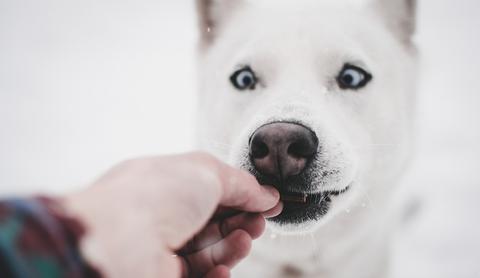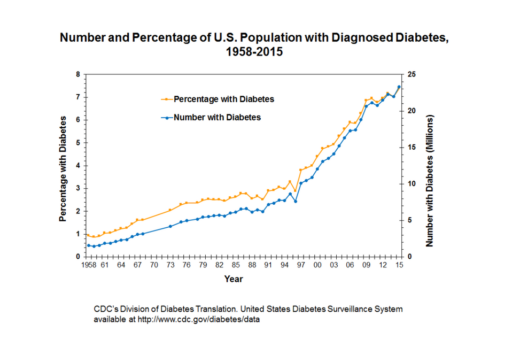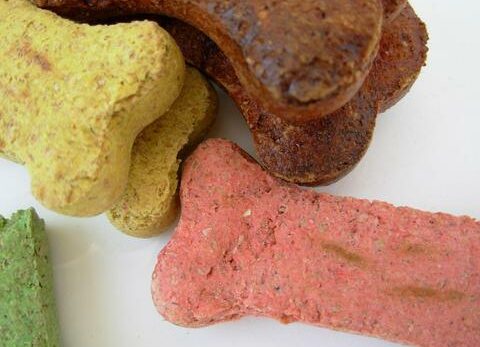
Life would be much easier for many dog owners if their pets could simply tell them what and when they want to eat. Do they like the beef or the tuna more? Neither? Maybe they like the tuna. Heck, maybe what they’re really craving is more of a snack-like dry kibble. Besides, many people use dry pet food as rewards for good behavior when training a dog, so it’s natural for them to associate dry food as a treat that makes them happy.
On top of having to guess your pet’s preferences between dry and wet dog food, there are also nutritional and health considerations to make, economic choices, and even storage differences that will ultimately determine which type of food you’re going to feed your dog.
In the end, there’s no decisive winner in the debate, as the right choice is dependent on your dog’s individual needs. So with that said, weigh out some pros and cons for each to make your own decision.
The Dry Food Pros
Dry food is most likely going to be the most convenient choice for you, the owner. It’s more affordable, can be sealed up and stored easily in a container, has a longer shelf life, and can even be left out in a bowl for your dog to eat as it pleases. It’s an easy way to ration out how much your dog may eat in a day without any going to waste as well, rounding out the economic advantages of dry food. On top of all that, dry food can double as a treat for your dog when in training and another favorite bonus point to it all is that dry food is far less messy than wet food.
The Dry Food Cons
If you are raising a young, growing, dog, then it’s important to keep in mind that dry foods tend to have lower levels of animal-based proteins which are going to be helpful in their growth. And on the opposite spectrum, older dogs often find dry foods less appetizing as their sense of taste and smell are starting to fade.
The Wet Food Pros
Wet food has a richer scent and flavor than its dry counterparts, making it much more preferable in the appetizing department. That’s not to say your dog will always like the taste of wet food more but it is certainly worth considering for older dogs, as mentioned. It also tends to have higher protein as well as fewer carbs than dry food, making it slightly more nutritious in that sense. And this one may seem obvious, but since it is wet food, this is obviously a considerable option if your dog has a hard time staying hydrated. Finally, if your dog has missing teeth or even a poorly aligned jaw, the wet food will be much easier for them to eat.





